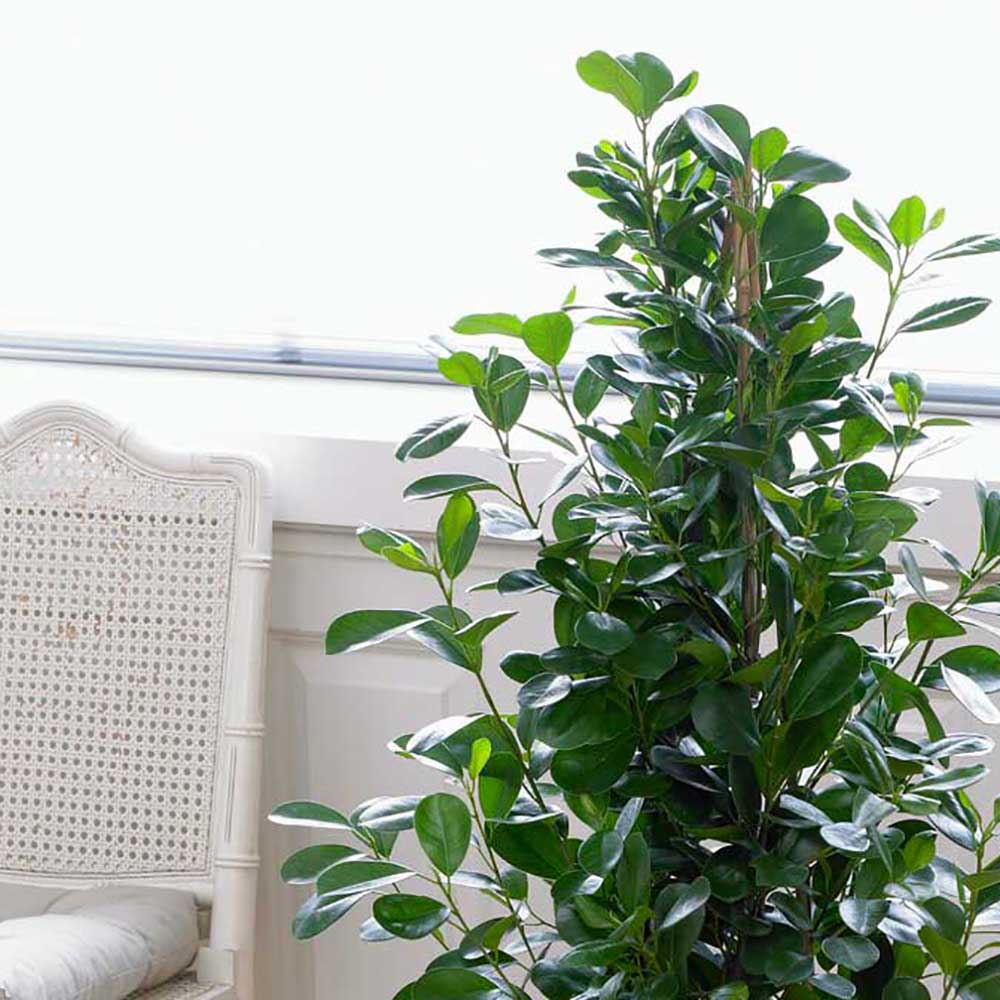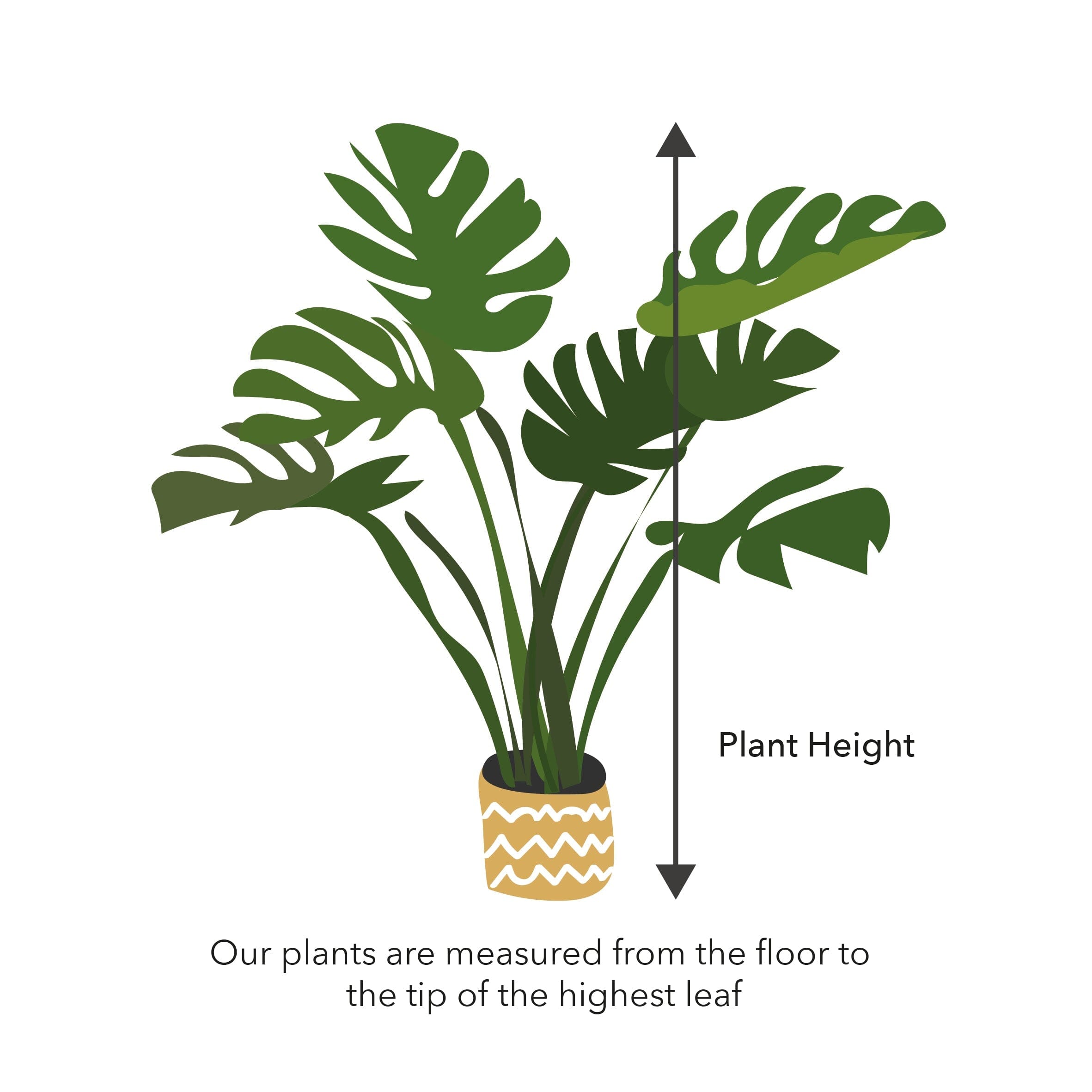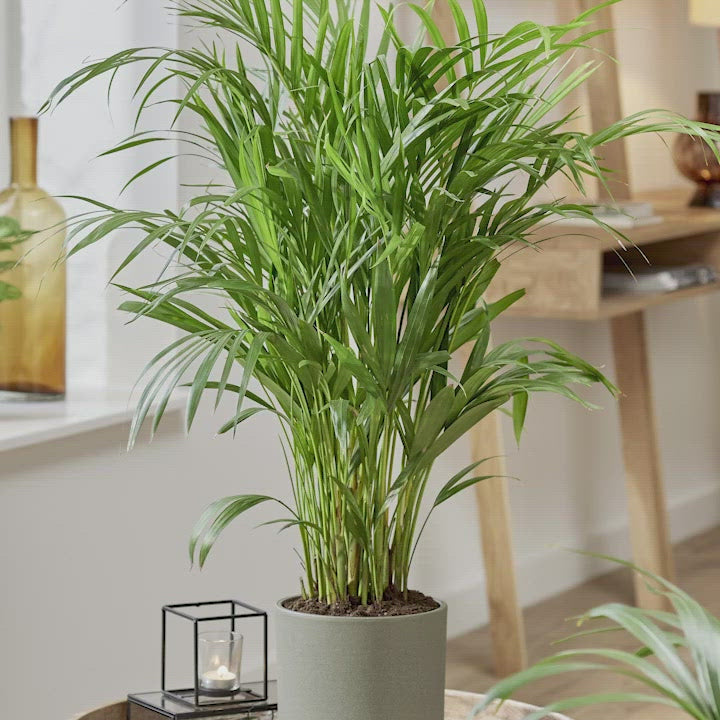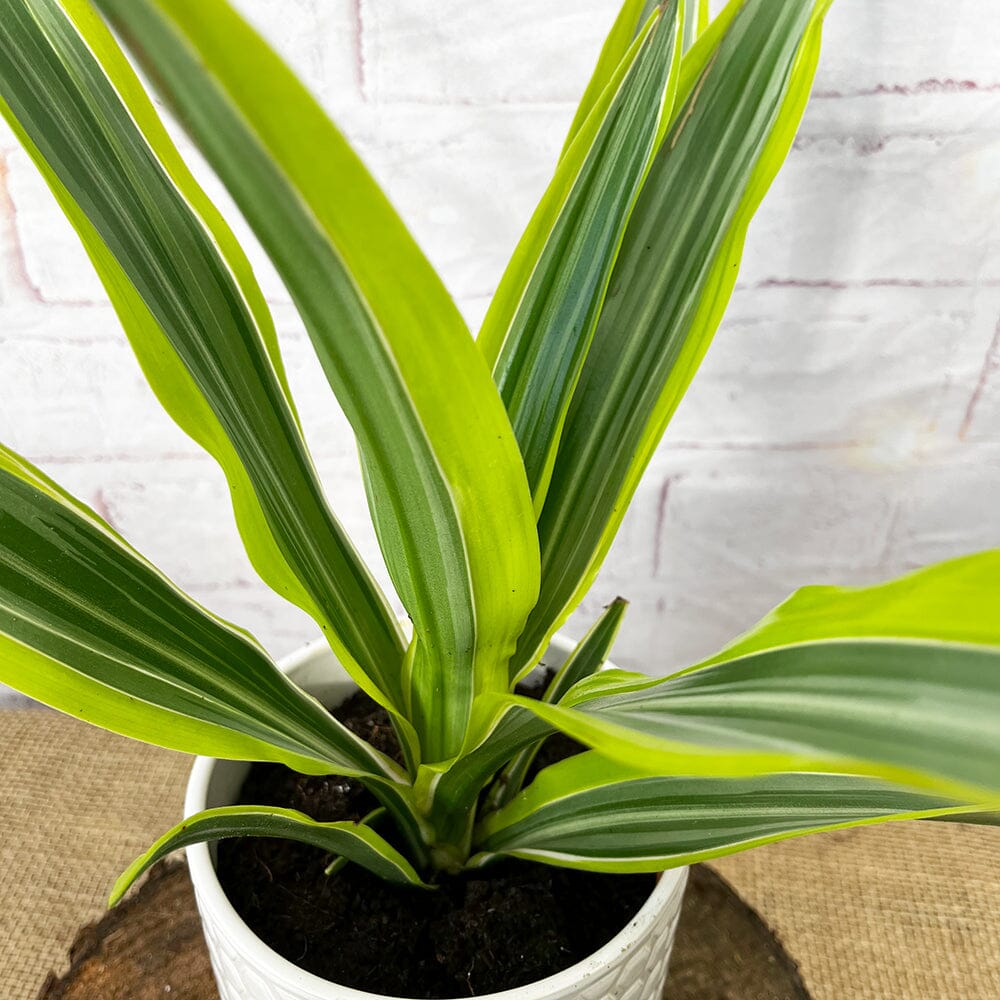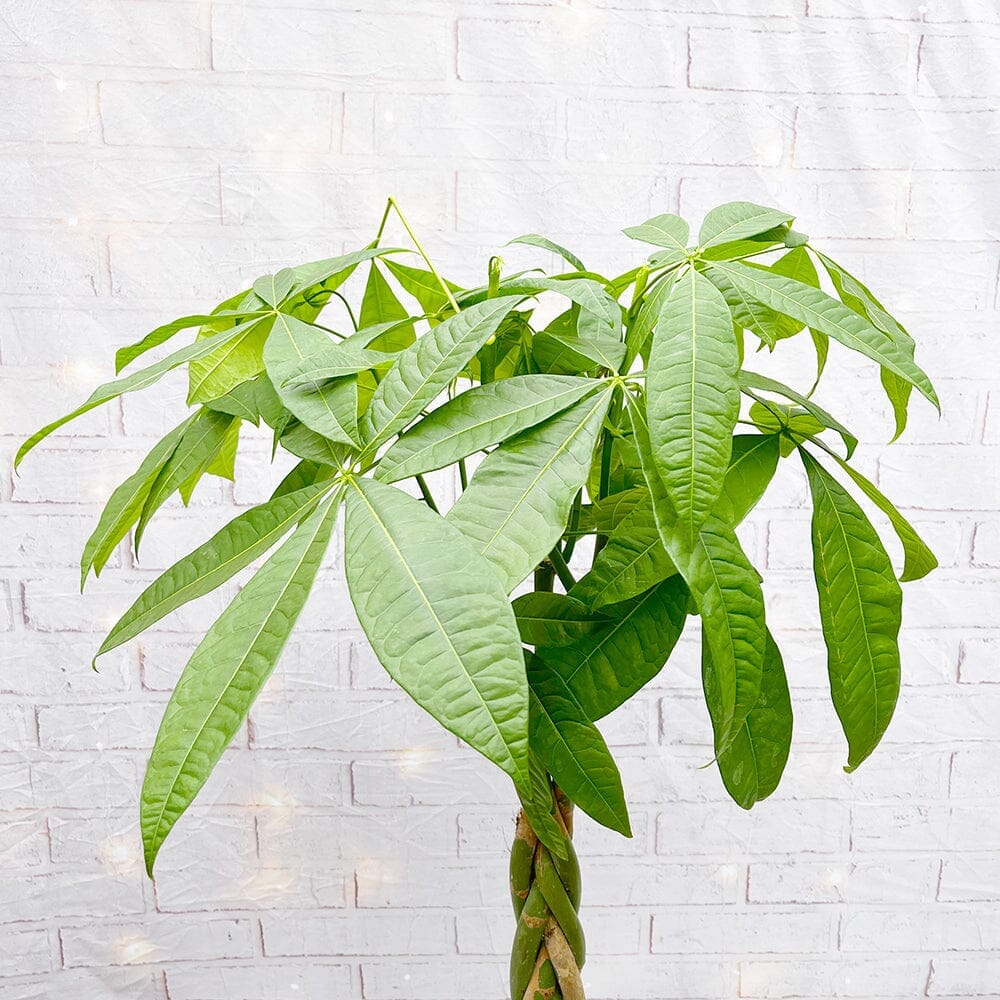Lysimachia Punctata Alexander Aquatic Pond Plant - Golkden Candles
Lysimachia punctata 'Alexander' is a herbaceous perennial plant that belongs to the Primulaceae family. It is known for its vibrant yellow flowers and attractive foliage. 'Alexander' is a cultivar of the species Lysimachia punctata, commonly known as Yellow Loosestrife. It forms clumps of upright stems that can reach a height of 2-3 feet (60-90 cm) and spread up to 1-2 feet (30-60 cm). The lance-shaped leaves are dark green with distinct purple-brown markings. The flowers are star-shaped, bright yellow, and are borne in dense clusters on top of the stems. They bloom from late spring to early summer, attracting pollinators like bees and butterflies.
Care Guide:
Light Requirements: Lysimachia punctata 'Alexander' thrives in full sun to partial shade. It prefers at least 4-6 hours of direct sunlight per day for optimal growth and flowering. However, it can tolerate some shade, particularly in hot summer regions.
Soil Requirements: It prefers moist, well-draining soil. Yellow Loosestrife can tolerate a range of soil types, including loamy, sandy, or clay soils. However, it prefers a slightly acidic to neutral pH level (around 6.0-7.0). Good drainage is essential to prevent waterlogging.
Watering: Keep the soil consistently moist but not waterlogged. Water regularly during dry periods, particularly in the first year after planting or during hot summer months. Avoid allowing the soil to completely dry out, as this can affect the plant's health and flowering.
Fertilization: Lysimachia punctata 'Alexander' generally doesn't require heavy fertilization. Incorporating organic matter, such as compost or well-rotted manure, into the soil before planting can provide essential nutrients. In established plants, a balanced slow-release fertilizer applied in early spring can help promote healthy growth and flowering.
Pruning: Deadhead the faded flowers to prolong the blooming period and prevent self-seeding. Cut back the stems to the base after flowering or in early spring to maintain a tidy appearance and encourage fresh growth.
Mulching: Apply a layer of organic mulch, such as shredded bark or compost, around the base of the plant to conserve soil moisture, suppress weed growth, and improve overall soil health.
Division: Lysimachia punctata 'Alexander' can form dense clumps over time. To control its spread and rejuvenate the plant, divide mature clumps every few years in early spring or fall. Dig up the clumps, separate them into smaller sections, and replant them in suitable locations.
Pest and Disease Control: Yellow Loosestrife is generally not prone to serious pest or disease issues. However, keep an eye out for common garden pests like aphids or snails. If necessary, treat affected plants with appropriate organic or chemical controls.
Wildlife Attraction: The bright yellow flowers of Lysimachia punctata 'Alexander' attract pollinators such as bees and butterflies to the garden. It can be a valuable addition to wildlife-friendly gardens.
Lysimachia punctata 'Alexander' is a beautiful perennial with its eye-catching yellow flowers and attractive foliage. With proper care and maintenance, it will thrive and bring vibrant color to garden borders, beds, or containers. Enjoy its cheerful blooms and the wildlife it attracts to your outdoor space.
Selection:
Choose plants that are specifically adapted to grow in wet or boggy conditions. Research different species of bog plants to find ones that suit your pond's conditions and your aesthetic preferences. Consider factors such as height, flower colour, foliage texture, and seasonal interest when selecting plants.
Soil:
Bog plants thrive in soil that is consistently moist, but not waterlogged. Prepare the planting area by creating a mix of equal parts garden soil, peat moss, and sand to provide good drainage while retaining moisture. Avoid using heavy clay soil, as it can become compacted and restrict root growth.
Sunlight:
Most bog plants prefer full sun to partial shade. Ensure that the plants receive at least 4-6 hours of direct sunlight each day for optimal growth and flowering. Some bog plants can tolerate more shade, so consider the specific light requirements of the plants you choose.
Watering:
Bog plants require consistent moisture, so water them regularly to keep the soil damp. Monitor the moisture level and water as needed to prevent the soil from drying out. During hot and dry periods, you may need to water more frequently to maintain proper moisture levels.
Planting:
Dig a hole slightly larger than the root ball of the plant and loosen the soil at the bottom. Place the plant in the hole, ensuring that the crown is level with or slightly above the soil surface. Backfill the hole with the prepared soil mixture, gently firming it around the plant to eliminate air pockets. Water thoroughly after planting to settle the soil and provide initial hydration.
Mulching:
Apply a layer of organic mulch, such as straw or shredded bark, around the base of the plants. Mulching helps retain moisture, suppresses weeds, and regulates soil temperature. Maintain a layer of 2-3 inches of mulch, keeping it away from the plant's stems to prevent rotting.
Fertilization:
Bog plants generally do not require heavy fertilization if the soil is nutrient-rich. However, if growth appears weak or leaves show signs of nutrient deficiencies, you can apply a slow-release fertilizer specifically formulated for aquatic plants. Follow the manufacturer's instructions for application rates and frequency.
Maintenance:
Regularly remove any dead or decaying foliage to maintain plant health and appearance. Divide overcrowded plants every few years to prevent competition for resources and promote vigorous growth. Prune back excessive growth to maintain a tidy appearance and to prevent plants from encroaching on other plants or the pond itself.
Winter Care:
Hardy bog plants can withstand winter temperatures, while tender ones may need protection. In colder regions, consider mulching around the base of the plants or covering them with a layer of straw or burlap to insulate them from freezing temperatures.
Monitoring and Troubleshooting:
Regularly inspect plants for signs of pests, diseases, or nutrient deficiencies. Address any issues promptly with appropriate treatments, such as organic insecticides, fungicides, or nutrient amendments. By following these general tips and care guidelines, you can create a thriving bog planting area around your pond, adding beauty and interest while supporting a diverse ecosystem.

















